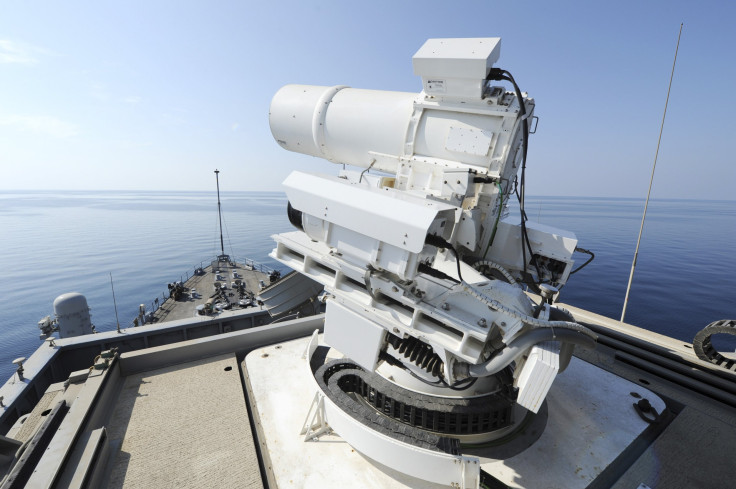US Navy’s sophisticated Laser Weapon System makes use of old-fashioned telephone technology

The US Navy’s new laser weapon, which has been much talked about in the news recently, is a large piece of innovation that people only used to see in movies. Surprisingly, though, the futuristic firearm makes use of old-fashioned technology, which not many people necessarily know.
The term “laser” originated as an acronym for “light amplification by stimulated emission of radiation.” The initial development of laser weapons, however, wasn’t actually meant for defensive purposes, but rather the advancement of the telephone. According to Robert Afzal of Lockheed Martin, the availability of fibre optics and low-cost laser diodes paved the way for the development of laser weapons that are not only powerful, but also compact enough for tactical vehicles.
Lockheed Martin is a US-based global aerospace, defence, security and advanced technologies giant. And although the company’s current laser technology isn’t the exact same thing that the US Navy displayed a month ago, it uses similar physics and engineering, Afzal told Live Science.
Laser power is typically measured in watts. A seemingly harmless laser pointer, which can be measured in milliwatts, can still damage eyes. The military, though, needs at least tens of kilowatts of laser power.
The US Navy’s new big stick that’s currently set out on the Austin-class amphibious transport dock USS Ponce – called the Laser Weapon System (LaWS) – is supposedly a 33-kilowatt laser. It can fire consecutive shots that add up to 100 kilowatts. The Navy will reportedly test a 150-kilowatt variant before the year ends.
According to Afzal, the LaWS doesn’t work like the “Star Wars” planet killer Death Star, which combines separate beams before firing. The US Navy weapon instead makes use of fibre optics to create beams that are eventually combined via a prism-like structure of lenses, just like the cover of Pink Floyd’s best-selling album “Dark Side of the Moon.”
Handling laser weapons, however, isn’t easy as pie. Ships that use laser weapons need to have power plants strong enough to get the job done. And there’s certainly no question that the USS Ponce can take the power load.
One of the biggest advantages of using laser, of course, is its speed. It can hit the target in a snap and without much ado. What’s more, it’s pretty economical, since a laser weapon never needs additional ammunition. The same thing can’t be said about missile or rocket launchers.
A couple of things can somewhat alter the efficacy of a laser weapon, nonetheless. Weather elements such as fog can reduce a laser’s range since beams are essentially made of light. Heat also depreciates beam quality overtime.
MORE TECH NEWS:
WATCH: iPhone 7s Plus vs iPhone 8 prototypes comparison
LG officially confirms V30 will include world’s largest and clearest smartphone lens






